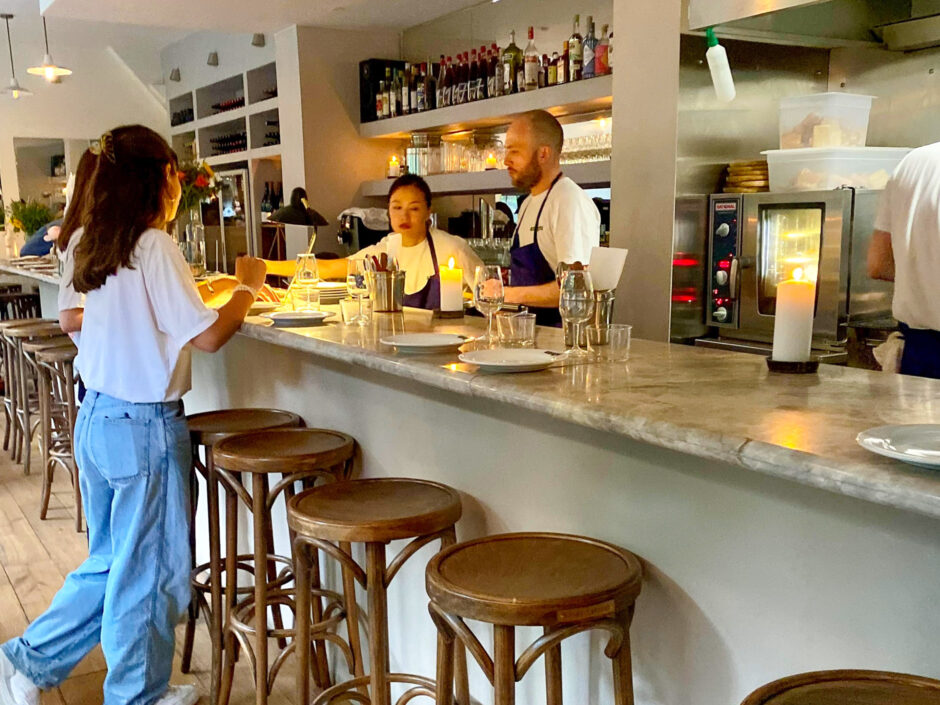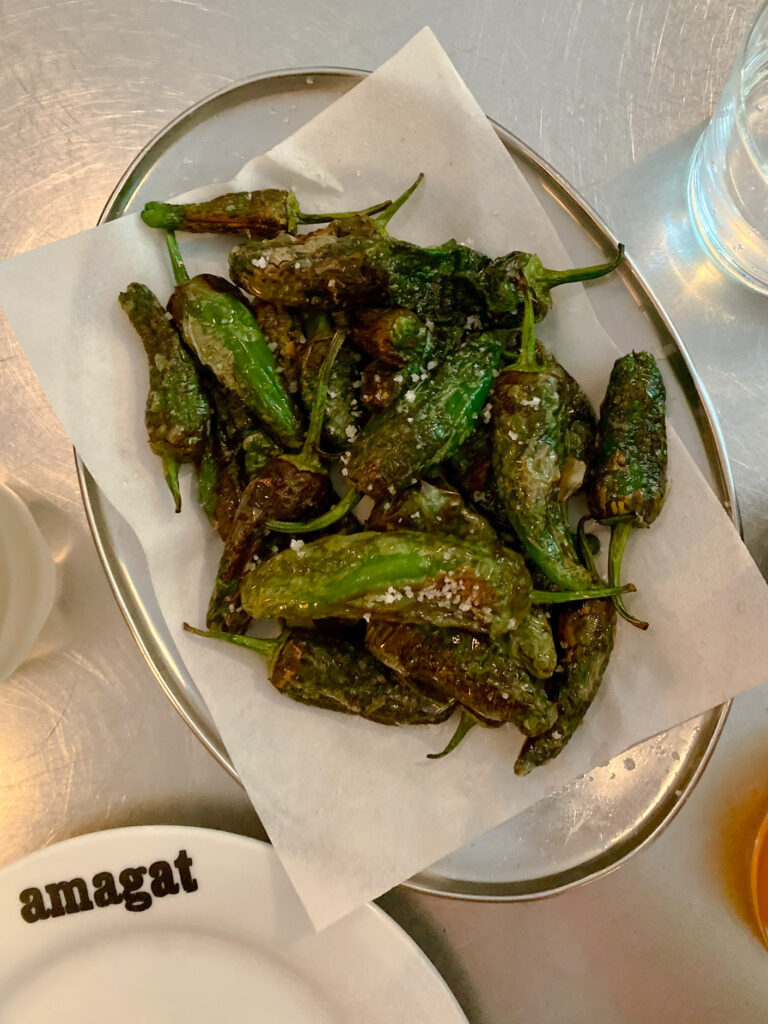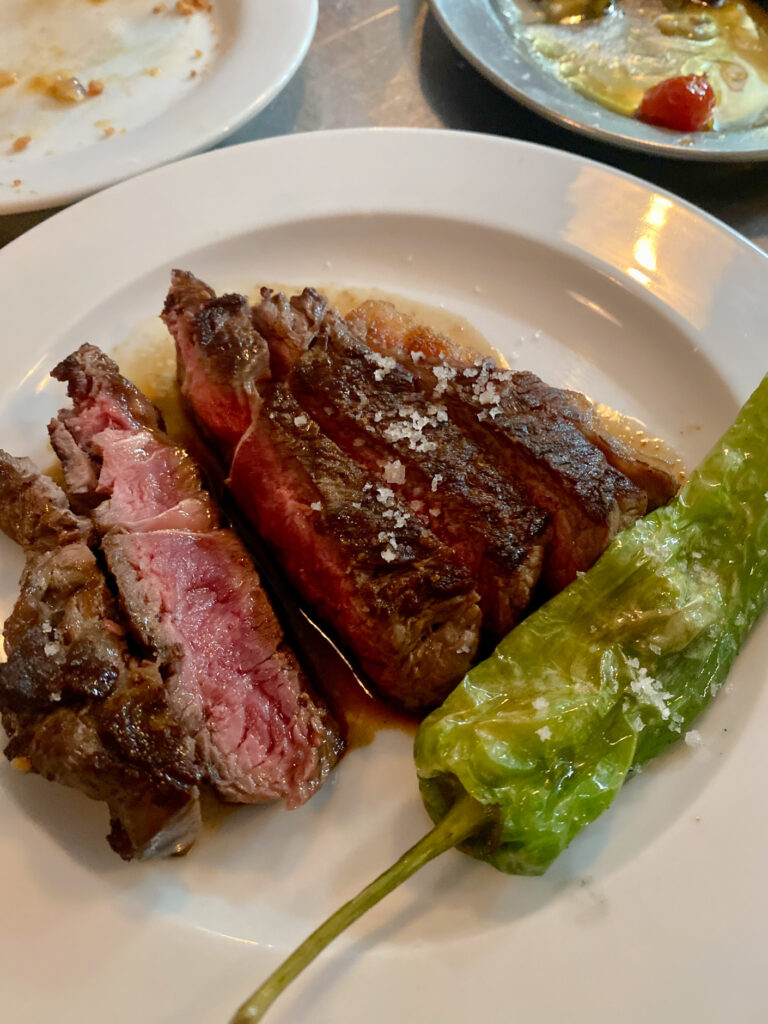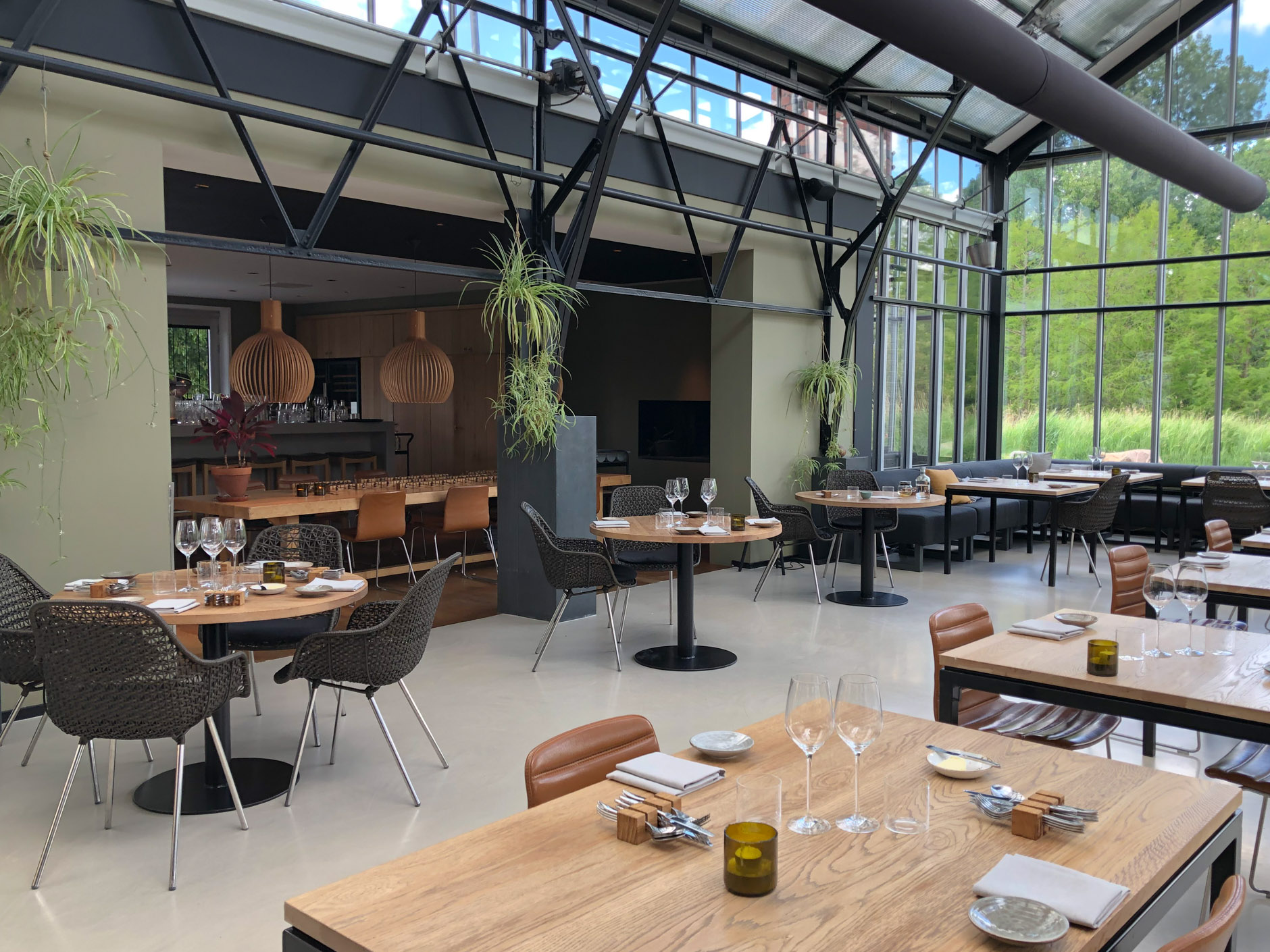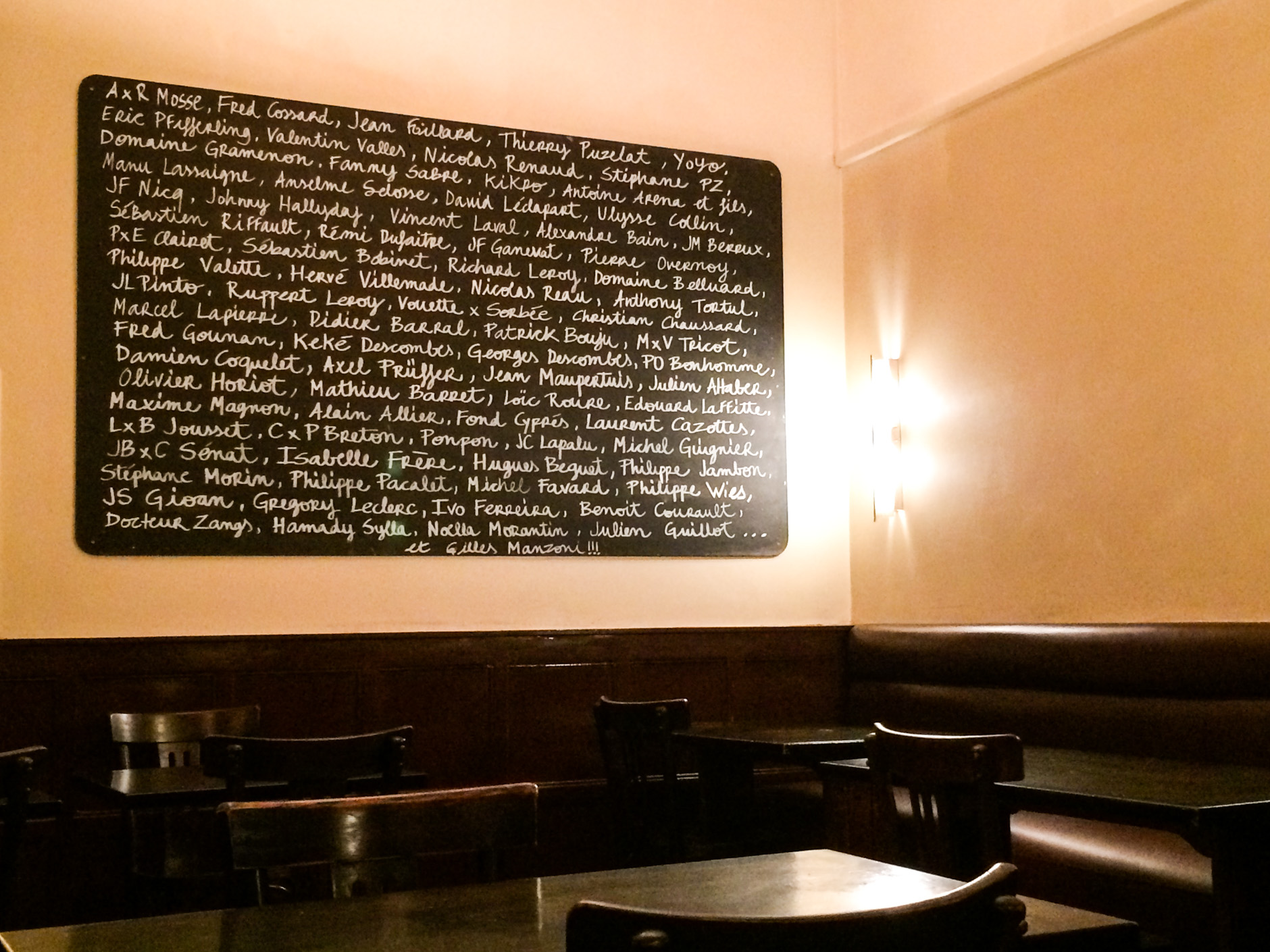It has always struck me as curious that the French are far less taken with Spanish cuisine than other European offerings. While Italian food holds great allure for the City of Light, with the New York Times speculating that Paris might be “the best in the world for Italian food outside of Italy,” Spanish gastronomy seems to be virtually non-existent. The scarcity of good Spanish restaurants in Paris and a sometimes studied ignorance of Spanish wines is perplexing. When I ask a Parisian friend about this, they simply dismiss Spanish food as being heavy and oily (presumably unlike French delicacies such as foie gras and raclette). Another acquaintance complains about having to resort to purchasing cheese from a pricey specialist French shop in Madrid, the Manchego not quite meeting expectations. While we can smile indulgently at this typical Gallic intolerance, it’s disheartening to find such a level of loftiness around Spanish cuisine. At its best, Spanish food is vibrant, fresh and bursting with flavours – very much deserving of wider appreciation.
In a quest to challenge the status quo Amagat, a new Catalan restaurant, has emerged on the scene. Embraced by Instagram foodies and hailed as the secret haunt of Parisian chefs, I reserved a table for myself and my dad – both of us self-proclaimed aficionados of Spanish cuisine – to celebrate Father’s Day weekend. True to its name, Amagat (‘hidden’ in Catalan) required some sleuthing to locate, tucked away as it is at the end of an alley in the 20th arrondissement. The outdoor terrace, adorned with twinkling fairy lights, stone walls enveloped in lush greenery, and rustic wooden tables lit with candles, exudes a picturesque charm. The interior is also attractive, though there’s perhaps something a little passé about its trendy wine bar vibes, sleek fonts on the menu, marble countertops and staff sporting restaurant-branded t-shirts. It’s pretty, but something a bit more Catalan in character and a touch less PR glossy would be nice.
The scarcity of good Spanish restaurants in Paris is perplexing
The warm and affable waiter who welcomes and escorts us to our table more than compensates for any initial chilliness, however. He guides us through the tapas-based menu with energetic charm and leaves us with a biro to tally our chosen plates — a touch gimmicky, but at least we’re assured that nothing will be forgotten (quelle horreur!). We’re perched on bar schools opposite an expansive mirror that does well to enhance the size of the restaurant, but triggers a certain anxiety that we might have to gaze at ourselves throughout the entire meal (just us?). Our neuroses aside, we gradually surrender to the dining room’s lively energy and to the tempting aromas emanating from the open kitchen.
The décor might be lacking in Spanish pizazz, but the wine menu certainly isn’t. We go for an apple crisp white by Jordi Llorens (a refreshing antidote to the stifling Paris humidity) and eagerly eyeball the sharing plates that are already forthcoming. A silver platter of shimmering Padrón peppers arrive, which set the bar high for the rest of the starter nibbles: achingly salty, they’re also hot and very fresh. So, too, are the well-cooked calamari, served simply with a vibrant aioli and wedge of lemon. Sadly, the chorizo croquettes are a let-down — due mainly to the (admittedly very crunchy) panko exterior in lieu of the traditional fine breadcrumbs. Worse still, while the hot centre of the croquettes boasts great flavour, the texture’s off, as if the roux has split.
Things are looking up as the tortilla arrives gorgeously, glistening in the moody lighting. It’s perfect: not dissimilar to Nieves Barragan’s version at Sabor (a compliment indeed), or any of the ones I’ve eaten in great restaurants in Spain. Molten in the middle with just-set egg, sweet, caramelised onions and potatoes with the perfect amount of give. Our other potato-based dish (ordering just one would be criminal) is less impressive. Amagat’s twist on patatas bravas are shoe-string fries (reminiscent of M&S’s ready salted potato sticks), topped with a mayo-heavy sauce. Visually they are intriguing: a sultry entanglement of golden and crunchy goodness, but the joy ends there. The sauce lacks any piquancy whatsoever (reflecting the typical French hesitancy with spice), and though the fries themselves are moreish they’re not patatas bravas; the ones towards the bottom of the pot, sans sauce, are dry.
Just as our palates grow weary from the onslaught of carbs, the larger plates swoop in like a timely rescue mission: esqualivade (or escalivada in Catalan), a traditional Catalan dish comprising marinated vegetables, and a beef special served with XO sauce. When the plateful of veg arrives, I half wonder why I’d bothered ordering it; it’s lacking in colour and a little too virtuous-looking for my liking — but appearances can be deceptive. Doused in top quality olive oil, the aubergine is meaty, rich and perfectly smoked, the confit onions are sweet and sticky, and the dainty cherry tomatoes, lightly pickled, cut through the dish well. The whole plate is room temperature, not hot, and generously layered over fresh crusty bread. It’s a delightful summery indulgence.
The beef dish, in a strange turn of events that seems to define the Amagat experiment, falls short in comparison to the lovely esqualivade. While the sauce is tasty, umami-packed and deeply flavoured, the meat is slightly tough and too cold. It’s the most expensive dish on the menu, and we’re left wishing we had just ordered another tortilla.
For dessert, crema catalana feels instinctive, although my eyes are drawn to the exquisite sight of cherry tart leaving the pass. One of my all-time favourite sweets, the custard, while slightly firmer than ideal, is lemony and well-balanced.
When the bill arrives, I’m a little taken aback. Despite my earlier observations that Amagat possesses the hallmarks of trendy Parisian wine bars, it proves to be notably better value than most. Dinner for two, including drinks, averages around 50 euros per person.
I really had wanted to fall head over heels for Amagat and had eagerly anticipated enjoying some authentic Spanish cuisine in Paris, but the overall encounter proved to be hit and miss — moments of culinary brilliance overshadowed by some off-notes across most dishes. The website assures us that Amagat is rooted in the bodegas and taverns of Northern Spain. It needs to embrace those roots a little more and pay attention to the details if it wants to stand tall among the myriad trendy wine bars in the city.
23 Villa Riberolle
75020 Paris
France
July 2023

